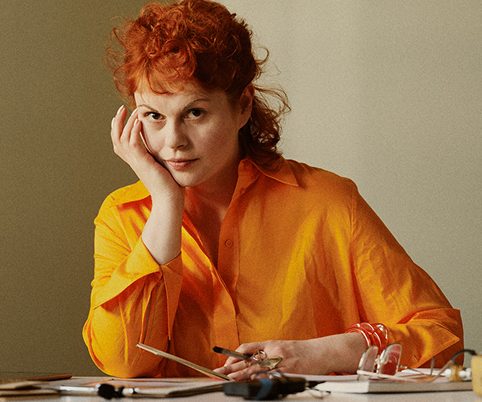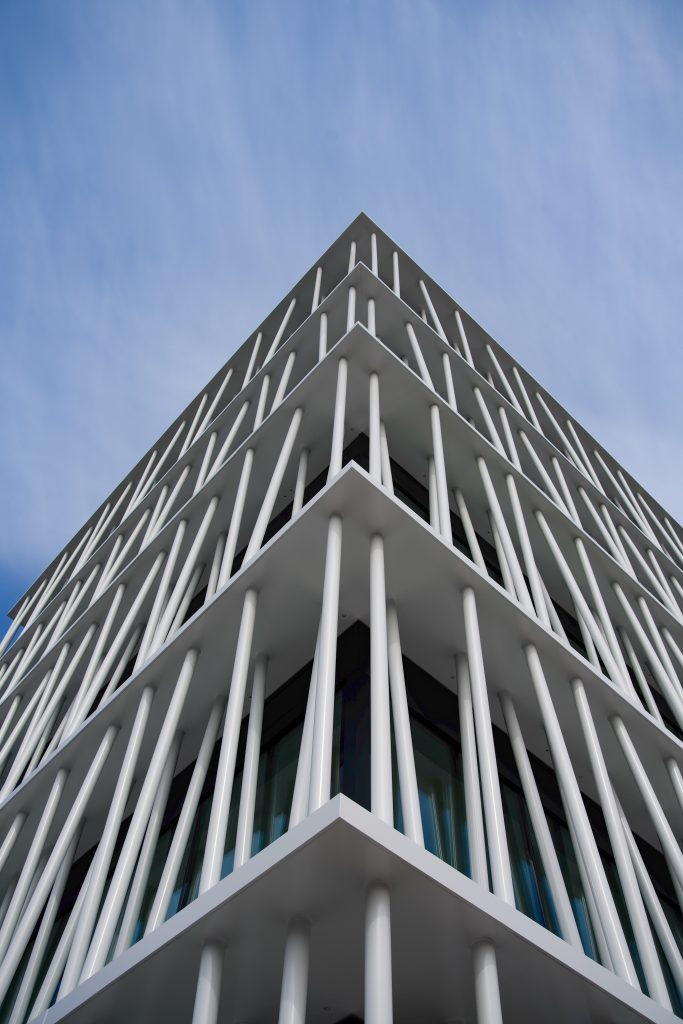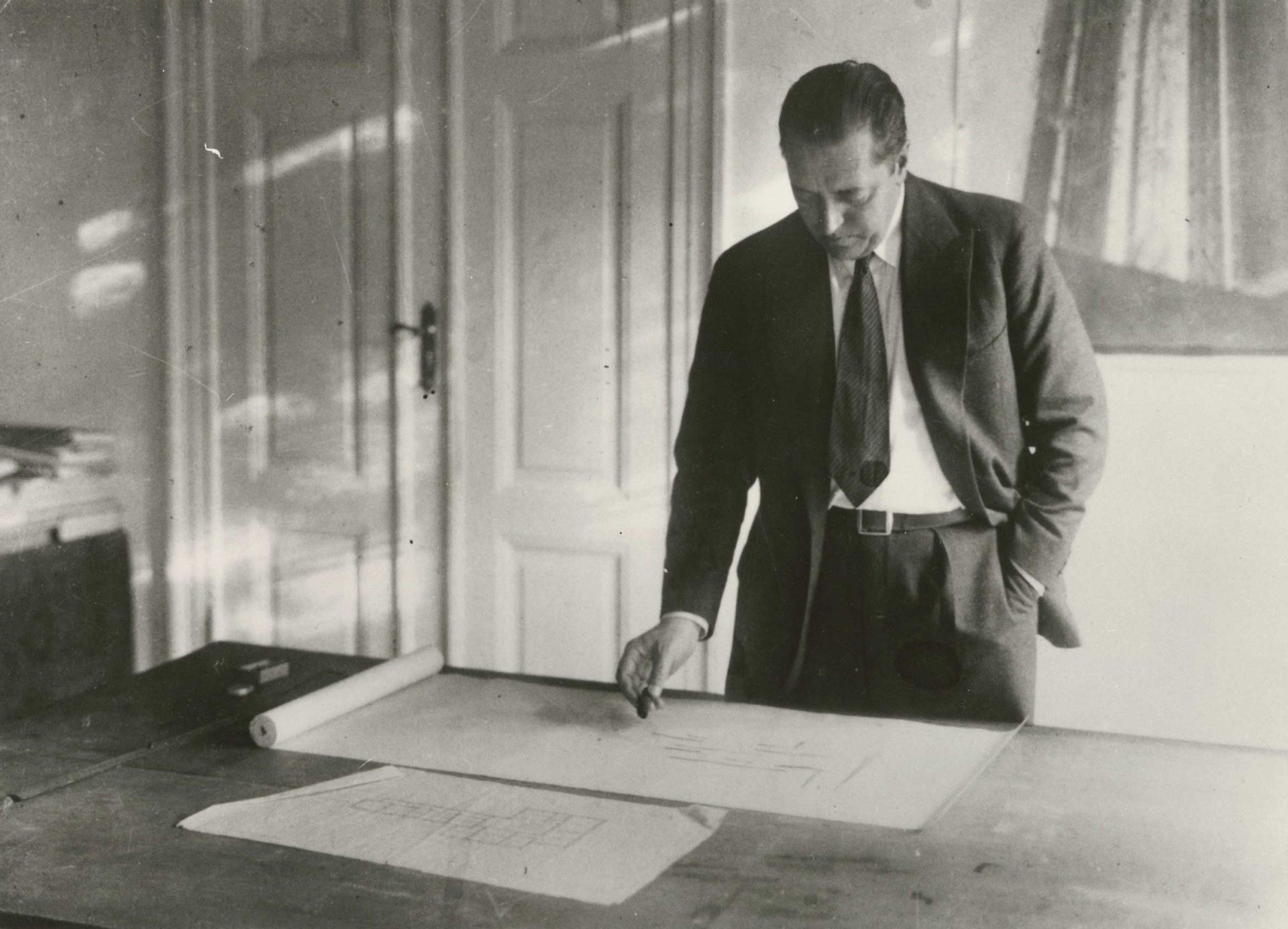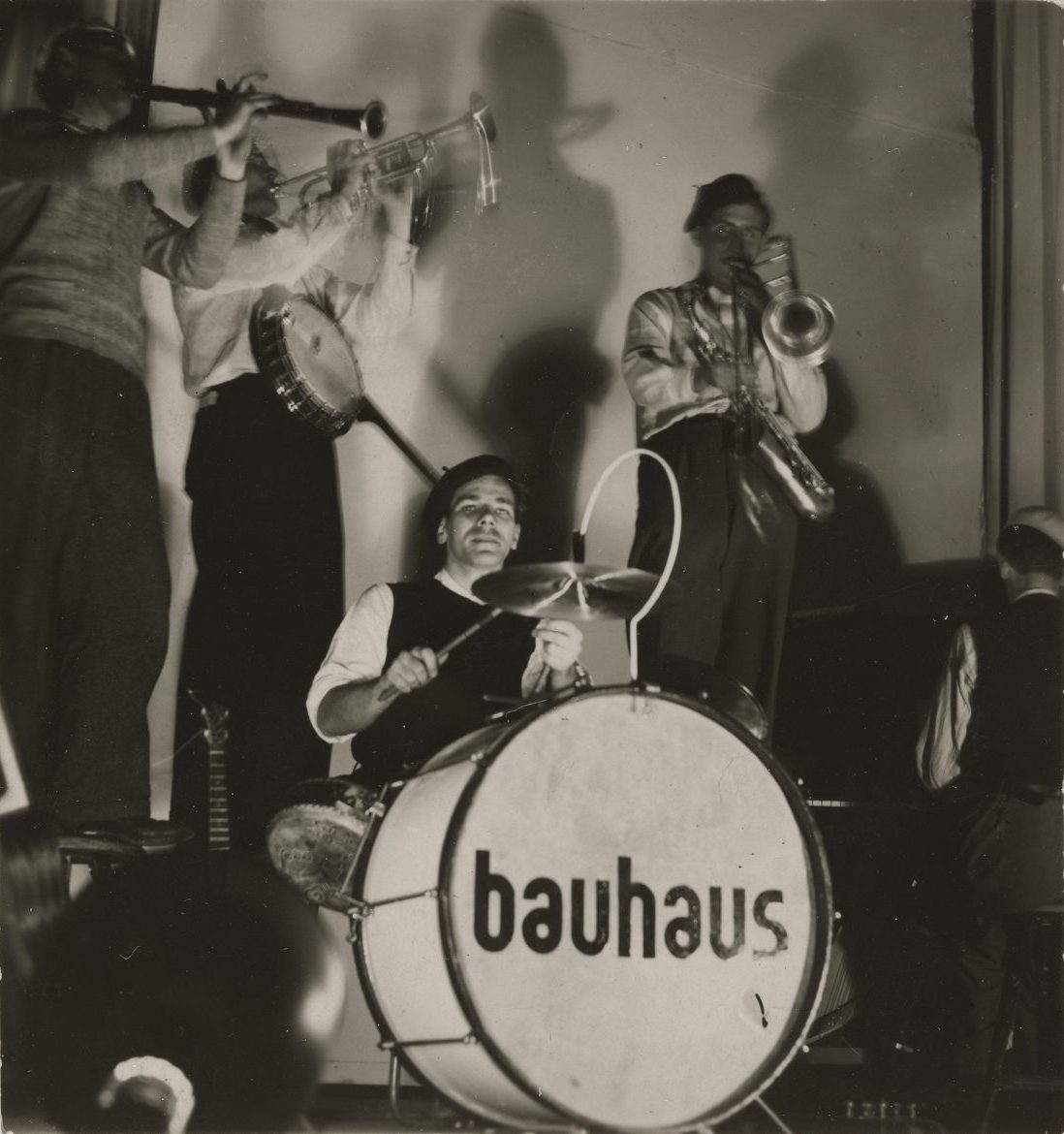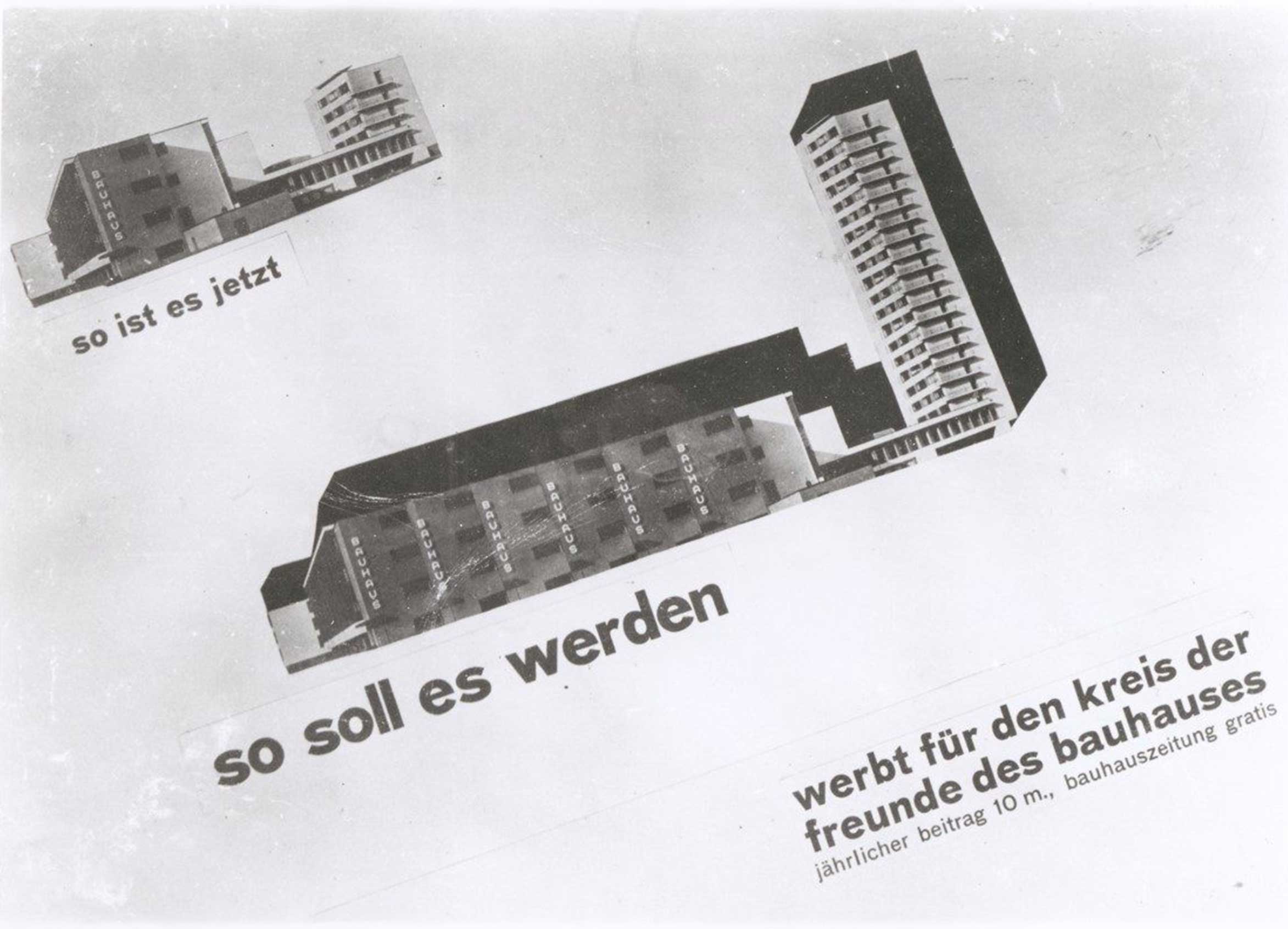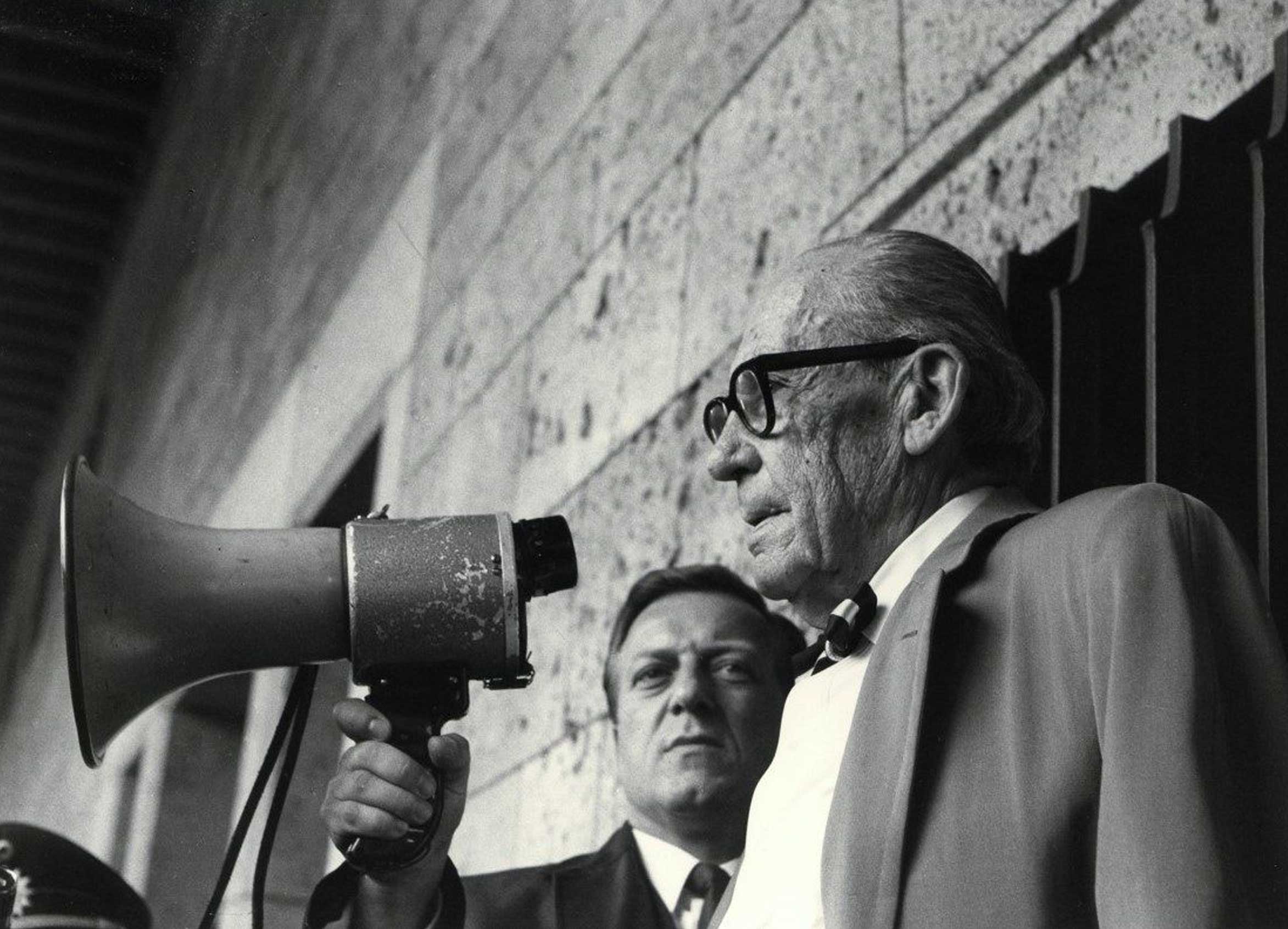Teaching at the Bauhaus
In the 14 years of its existence, the Bauhaus’s educational programme developed continuously.

Lorem ipsum
-
. In the scheme Walter Gropius developed for teaching at the Bauhaus in 1922, the building stood at the centre of all activities. However, the Bauhaus did not offer a regular architecture course until 1927. Before that, the only opportunity was for particularly talented students to work on individual building projects in the private architectural offices of Walter Gropius and Adolf Meyer.
In order to be allowed to study at the Bauhaus, all students first had to complete a one-year foundation programme. Known as the preliminary course, it was intended to foster not only the artistic but also the personal development of the students. In the early years, the preliminary course was taught by Johannes Itten and Georg Muche. Experiments with colour, form and material as well as relaxation exercises were intended to improve physical and visual perception. Drawing from nature, nude drawing and the analysis of paintings from previous centuries were also part of the curriculum. From 1923 László Moholy-Nagy and Josef Albers took over the preliminary course, with the latter being solely responsible for it from 1928 to 1932. Their lessons centred on the study of different materials and their properties.
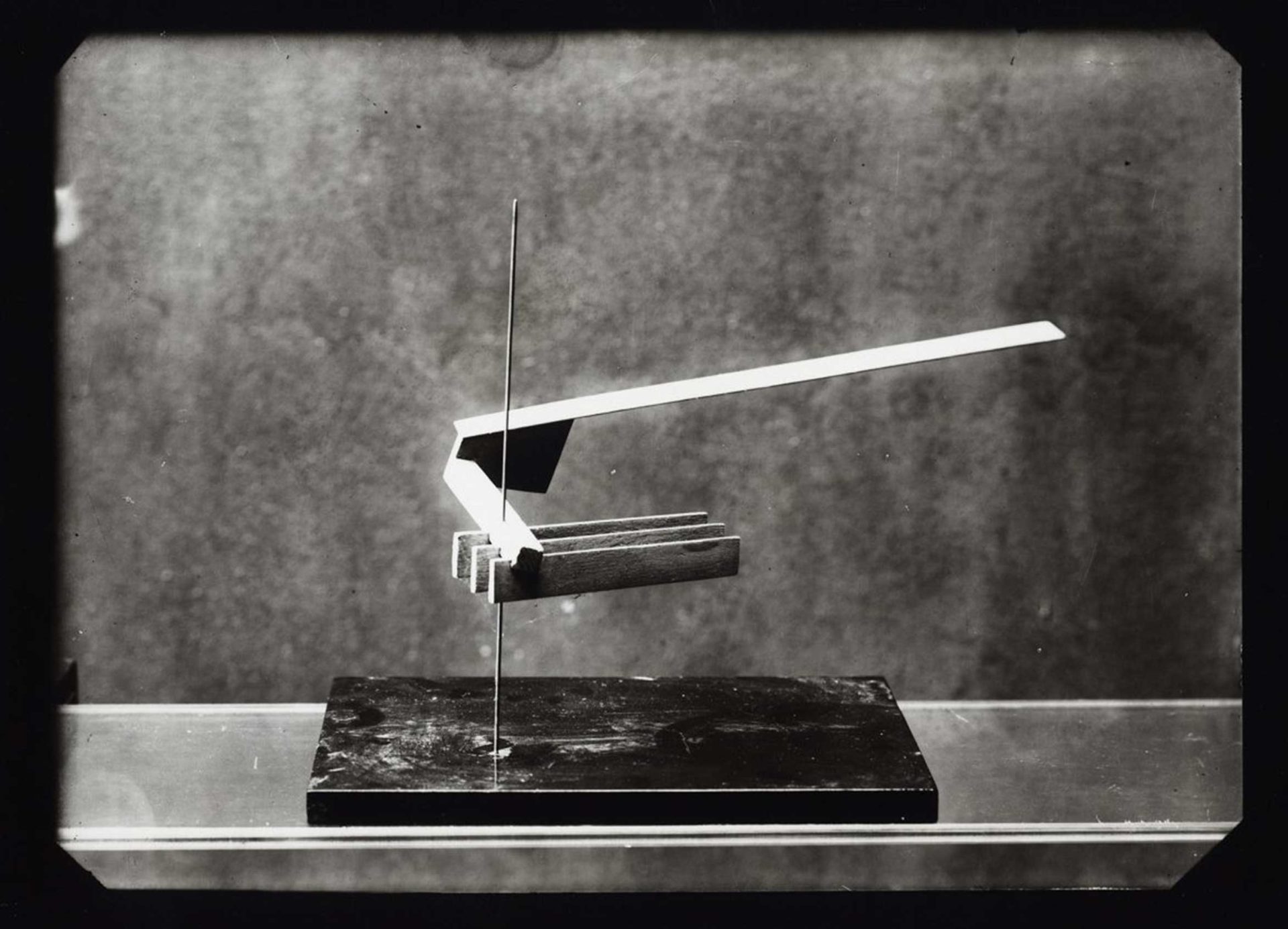
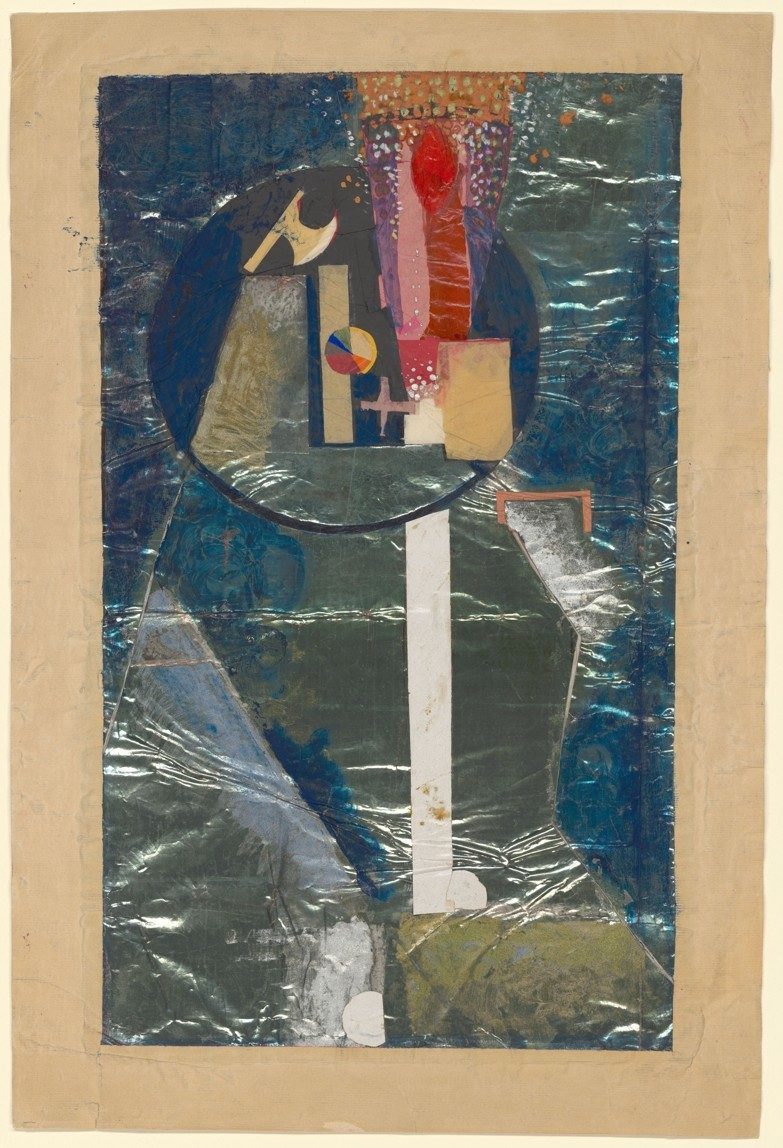
Lorem ipsum
The course was supplemented by additional units. In Weimar, these included Lothar Schreyer’s “Type Drawing”, Adolf Meyer's “Technical Drawing” and Gertrud Grunow’s “Harmonisation Theory”, which explored the connection between sound, movement and colour. Paul Klee and Wassily Kandinsky also developed their own educational concepts. Participation in Kandinsky's “Analytical Drawing” and “Colour Seminar” as well as Klee’s “Elementary Design Theory” was compulsory for all students.
Students were not admitted and assigned to the Bauhaus workshops until they had successfully completed the foundation programme. As “apprentices”, they then had to pass their “journeyman’s examination” within a certain period of time. They were taught by successful avant-garde artists, such as Lyonel Feininger or Kandinsky and Klee, who ran the workshops as so-called form masters together with trained craftspeople, the craft masters.
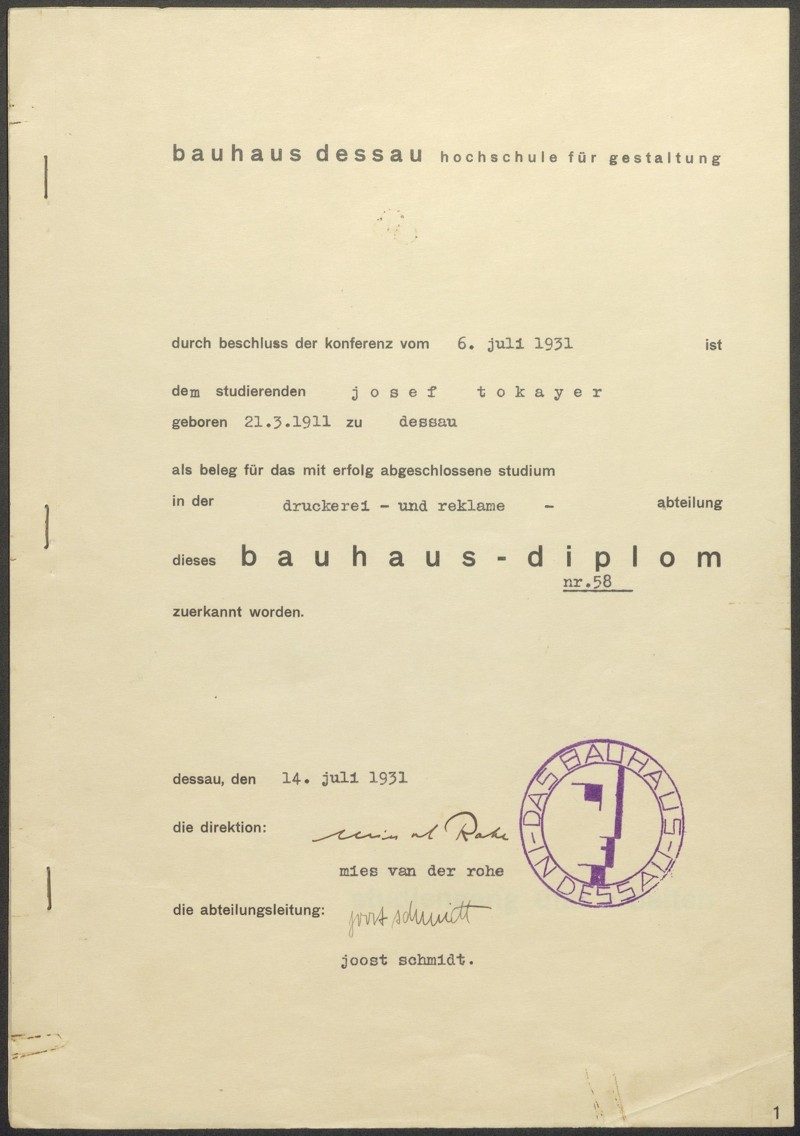
Lorem ipsum
-
This division was abandoned with the move to Dessau in 1925. Former Bauhaus students were placed in charge of the workshops as so-called young masters. When the Bauhaus Dessau was designated as a School of Design, they were no longer referred to as masters, but as professors. After successfully completing their studies, students were now awarded a Bauhaus diploma.
Lorem ipsum
Training at the Bauhaus Dessau focused on carrying out practical experimental work, particularly for housing and housing estate construction, as well as the development of models and prototypes for industry and trade. At the same time, theoretical teaching was placed on a broader footing, particularly under the directorship of Hannes Meyer, and supplemented by fields such as engineering, psychology and business administration. From 1927 it was also possible to study architecture and painting at the Bauhaus, and a photography class was added in 1929.
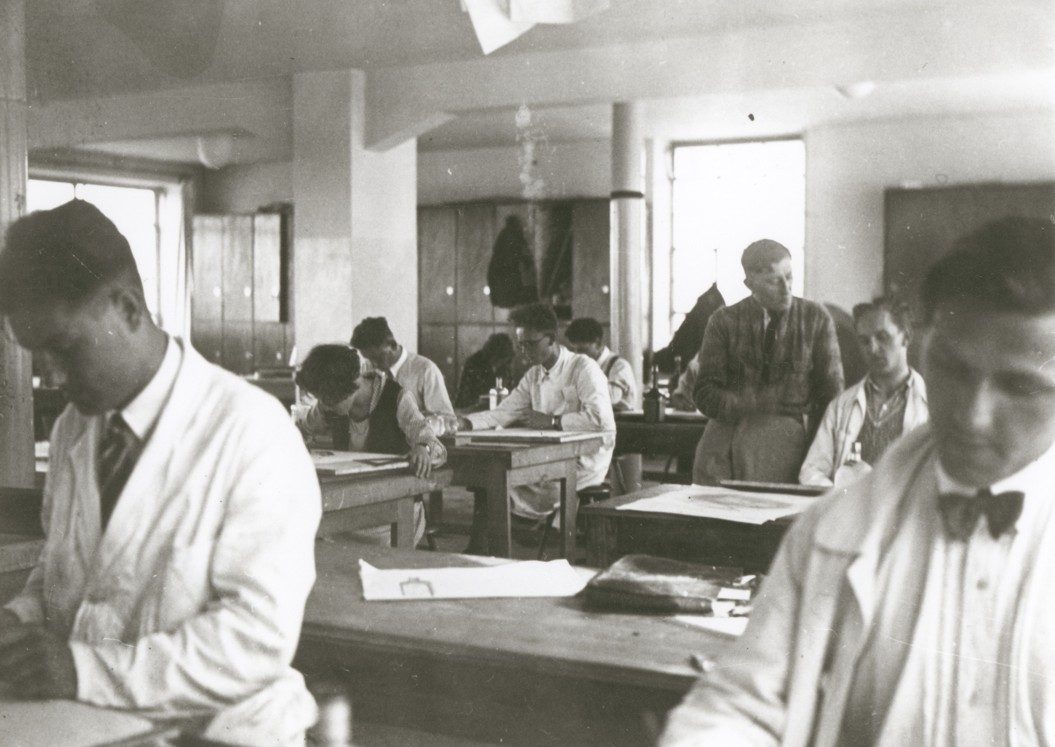
Lorem ipsum
Under the third director, Ludwig Mies van der Rohe, the Bauhaus finally developed into an architecture school with affiliated workshops. The formerly obligatory preliminary course was abolished, and work in the workshops was reduced relative to its previous form and importance. With the reopening of the Bauhaus as an independent educational and research institute in Berlin, they became referred to as departments instead of workshops: Architecture and Interior Design, Fine Arts, Advertising, Photography and Textiles.
